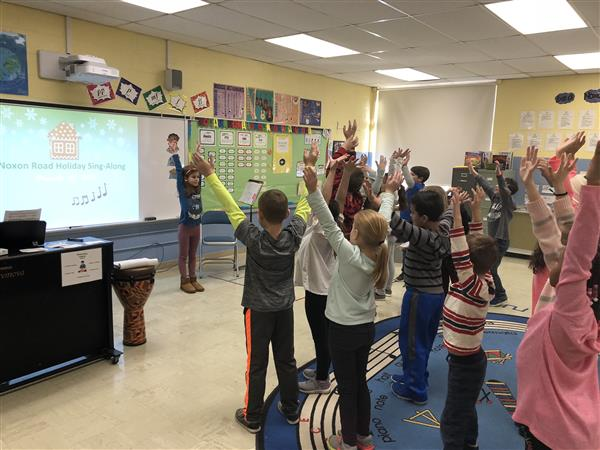It’s important to remember how powerful brain breaks for students can be! The main benefit of a brain break is that it can improve a child’s overall well-being and positive mental space. Studies have shown that physical activity reduces stress, increases energy levels, and improves mood. When students are given opportunities to take breaks and engage in physical activity, they are better able to manage their emotions and cope with the demands of the school day. In “Research-Tested Benefits of Breaks” author Youki Terada explains some benefits of implementing these regular breaks throughout the day.
You might already be implementing brain breaks throughout your day and that’s wonderful! Below are some quick activities you can try in your classroom to allow students to relax their brains and refocus their attention.

Spot the Difference: Play a few of these spot the difference videos. This activity enhances visual perception, memory, attention to detail and problem solving. Kids love trying to find the differences first!
Guided Drawing: Engaging in the creative process of drawing can help students to focus on the present moment and reduce feelings of anxiety and tension. The Art for Kids Hub has wonderful drawing videos that even the less artistic person will enjoy.
Movement: Encourage students to get up by conducting a game of “Simons Says” or “Freeze.” Have the kids dance and jump around with a GoNoodle video or the Strong4Life team.
Brain Teaser Puzzles: Provide students with a quick brain teaser or puzzle to solve. This can be something as simple as a word search or crossword puzzle.
Short Walk: Take your student on a quick walk outside to enjoy the fresh air, or around the school to observe others learning.
Alone Time: Some children benefit from a moment alone reading a book, coloring, listening to soft music, writing, or organizing their desk.
Marble Run Videos: It’s amazing how engaged students will be simply watching marbles run through various structures. Some popular YouTube creators are Marble Movie Makers and Go Marble Run Go.
As you schedule brain breaks into your day, keep in mind that the effectiveness can depend on the type of activity you engage in as well as the length. Short breaks that involve physically or mentally stimulating engagement (like those listed above) can be more beneficial than long breaks that may be sedentary such as playing on an iPad or watching television. The optimal duration of a break varies from student to student, but generally shorter breaks of 5-10 minutes are most effective.
If you’d like to dig deeper into this topic, Teaching Channel offers some great continuing education and professional development courses!
Course 5057: Move, Grow, Play! Using Play to Teach and Learn






